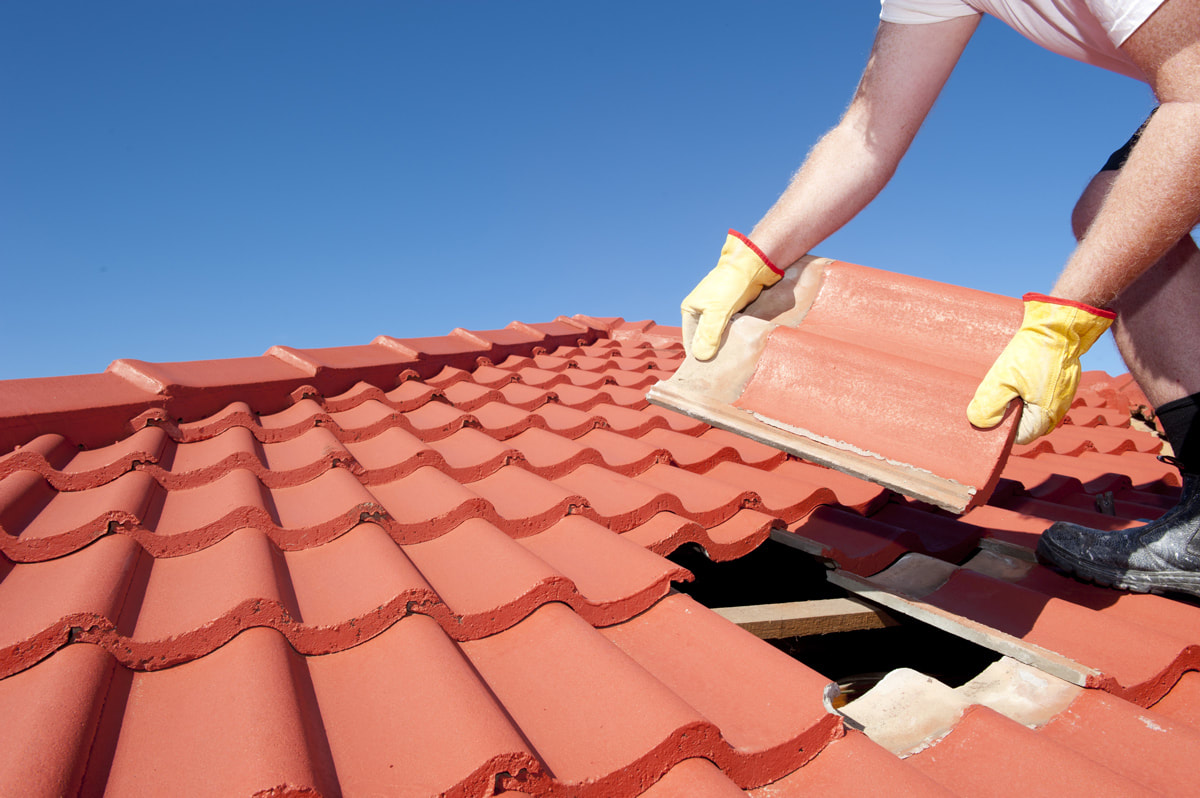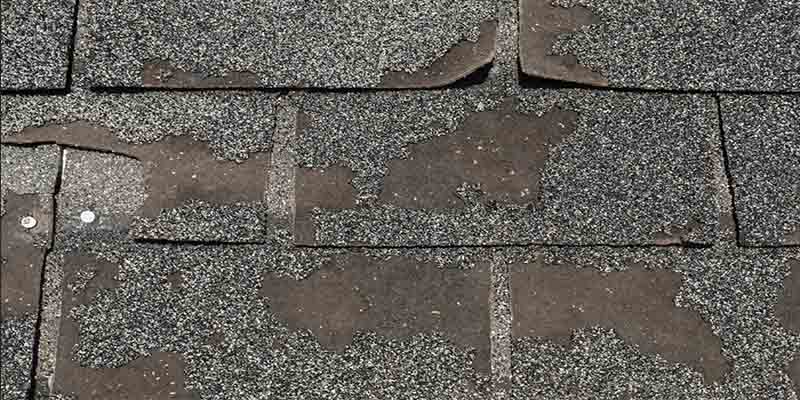Roofing Oahu: Professional Roofing Contractors for Your Oahu Residential or commercial property
Roofing Oahu: Professional Roofing Contractors for Your Oahu Residential or commercial property
Blog Article
Understanding the Different Types of Roofs: A Comprehensive Overview for Homeowners
With a selection of choices-- varying from the traditional gable to the modern level-- each kind offers one-of-a-kind advantages and difficulties that must line up with the homeowner's ecological factors to consider and details requirements. As we explore the complexities of various roofing system kinds, it ends up being noticeable that one size does not fit all; the appropriate option may stun you.
Saddleback Roof
Saddleback roofs, characterized by their triangular shape, are among the most popular roof covering styles as a result of their simpleness and performance in losing water and snow. This design includes 2 sloping sides that fulfill at a ridge, permitting reliable drainage and lessening the threat of water accumulation. The high pitch frequently related to gable roofs enhances their capability to deal with hefty precipitation, making them ideal for various environments.
Along with their useful advantages, gable roof coverings offer aesthetic convenience. They can be adjusted to various building designs, from typical to modern homes. The layout can likewise suit extra functions such as dormer windows, which boost natural light and ventilation in the attic room area.
Additionally, saddleback roofs supply adequate room for insulation, adding to energy effectiveness. Property owners can pick from a variety of roofing products, including asphalt tiles, steel, and floor tiles, additionally enhancing customization alternatives.
Regardless of their advantages, saddleback roofs might require extra assistance in areas prone to high winds or heavy snowfall. In general, the saddleback roof stays a popular option because of its blend of capability, durability, and aesthetic appeal.
Flat Roofs
Level roofs are frequently acknowledged for their minimalist layout and practical applications, specifically in commercial and industrial setups (oahu roofing). These roof coverings include a nearly horizontal or horizontal surface area, which enables easy building and construction and versatile space utilization. While they may lack the aesthetic allure of angled roofs, level roofings provide numerous advantages, particularly in city atmospheres where making best use of room is important
One of the key benefits of level roof coverings is their ease of access. Home owners can utilize the roof covering space for different functions, such as roof gardens, balconies, or solar panel installations. Furthermore, flat roofings are generally extra economical to preserve and install compared to their sloped counterparts, as they require fewer materials and labor.
Typical materials utilized for flat roofing systems consist of built-up roofing (BUR), changed bitumen, and single-ply membranes, each offering distinctive benefits. In general, flat roofs offer as a versatile and useful option for lots of homeowners and services alike.
Hip Roof Coverings
Hip roofs are defined by their sloped sides that merge at the top, developing a ridge. This style is distinctive from saddleback roofs, as all 4 sides of a hip roofing slope downwards toward the walls, giving a much more secure structure. The angle of the slopes can vary, enabling adaptability in architectural aesthetic appeals and capability.
One of the key benefits of hip roofing systems is their ability to stand up to hefty winds and damaging weather. The sloped surface areas make it possible for much better water drainage, decreasing the risk of leakages and water damage. In addition, hip roofing systems provide enhanced attic room area, which can be made use of for storage space or also exchanged habitable locations.
Nonetheless, constructing a hip roofing system can be extra intricate and costly than simpler roofing system kinds, such as gable roof coverings. The additional material and labor associated with developing the slopes and making sure appropriate structural integrity can result in higher costs. Regardless of these disadvantages, several homeowners prefer hip roof coverings for their resilience, aesthetic allure, and possibility for power performance.
Mansard Roof Coverings
Mansard roofings, typically acknowledged by their distinct four-sided layout, function 2 slopes on each side, with the reduced incline being steeper than the top. This building style, originating from France in the 17th century, is not just aesthetically attractive but useful, as it makes best use of the usable space in the top floors of a structure. The high lower incline allows for more clearance, making it an excellent option for attic rooms or loft spaces, which can be transformed into living spaces.
Mansard roofs are defined by their adaptability, suiting various building styles, from traditional to modern-day. They can be constructed with various products, including asphalt shingles, slate, or metal, supplying property owners with a variety of options to fit their budgets and preferences. Furthermore, the design enables the integration of dormer windows, improving natural light and air flow in the top levels.
Nevertheless, it is important to think about the potential drawbacks. Mansard roofings may call for more maintenance as a result of the intricacy of their style, and their high slopes can be testing for snow and rainfall overflow. Overall, mansard roofings incorporate style with functionality, making them a preferred choice among property owners seeking unique building features.
Dropped Roofing Systems
As home owners significantly look for simplicity and capability in their building designs, shed roofings have become a prominent selection. Defined by a solitary sloping plane, a shed roof covering provides a minimal visual that enhances numerous home styles, from modern to rustic.
One of the main benefits of a shed roof covering is its straightforward construction, which commonly converts to decrease labor and material prices. This style permits efficient water drain, reducing the danger of leaks and water damages. In addition, visit this site right here the vertical slope gives enough space for skylights, improving natural light within the interior.
Dropped roof coverings also use adaptability in terms of usage. They can be efficiently incorporated right into enhancements, garages, or outside frameworks like sheds and pavilions. Moreover, this roofing style can suit numerous roofing materials, consisting of steel, asphalt roof shingles, or perhaps environment-friendly roofing systems, straightening with eco-friendly initiatives.
However, it is important to consider local climate problems, as hefty snow lots may necessitate modifications to the roof covering's angle or structure. Generally, dropped roofing systems provide a useful and visually pleasing option click here to read for home owners aiming to make best use of capability without compromising design.
Verdict


Gable roofs, defined by their triangular shape, are among the most prominent roofing styles due to their simpleness and performance in shedding water and snow. oahu roofing. The high pitch frequently linked with gable roofs improves their ability to handle heavy precipitation, making them ideal for various climates
While they may do not have the aesthetic appeal of pitched roofs, level roofs supply many benefits, especially in metropolitan settings where taking full advantage of space is vital.

Report this page